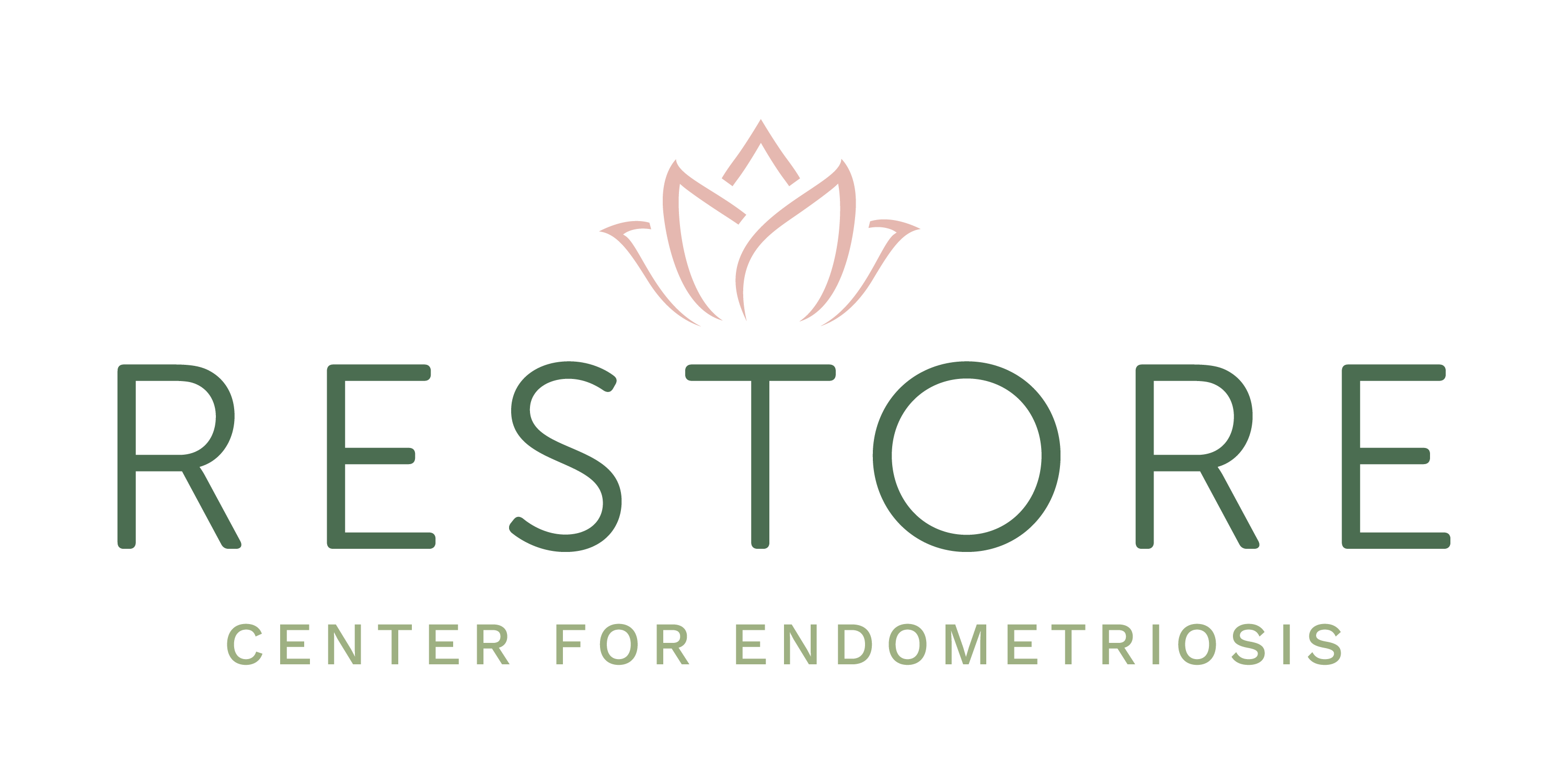Endometriosis Symptoms

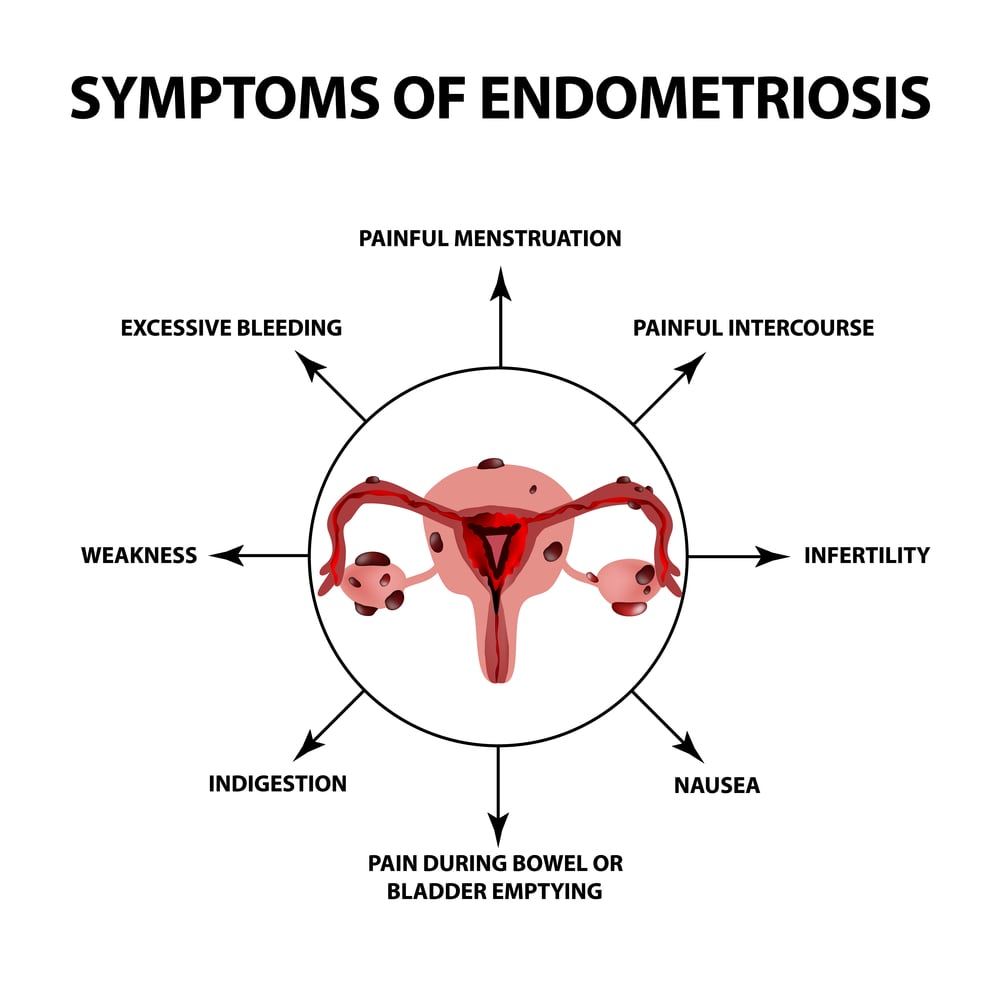
Table of Contents:
(click on a link before to jump to content)
Overview
Pelvic / Menstrual
Ovaries
Penetration/ Sexual
Infertility
Urinary
Bowels/ GI System
Nausea
Inflammation
Leg & Back
Thoracic (Diaphragm & Lung)
Other Symptoms
Symptoms Diversity Among Patients
More than just Cramps
Real Life Impact
Symptom Self-Survey
- Pain:
- Pain during menstruation (dysmenorrhea), both during and at the end of periods
- Pelvic pain before and during menstruation
- Pain during or after sexual intercourse (dyspareunia)
- Lower abdominal or suprapubic pain
- Lower back and loin pain
- Chronic pelvic pain (lasting ≥6 months)
- Pain between periods (intermenstrual pain)
- Ovulation pain
- Rectal pain (throbbing, dull or sharp, worsened by physical activity)
- Progressive and changing pain over time
- Menstrual Symptoms:
- Heavy or prolonged periods (hypermenorrhea or menorrhagia)
- Spotting before menstruation for 2–4 days
- Bleeding between periods
- Irregular bleeding and periods
- Urinary Issues:
- Painful urination (dysuria)
- Blood in urine
- Increased urination frequency
- Urinary tract infections
- Bladder inflammation (cystitis)
- Digestive Problems:
- Abdominal bloating
- Diarrhea during menstruation
- Painful bowel movements
- Painful defecation during periods (dyschezia)
- Blood in stool
- Nausea and upset stomach around menstruation
- Constipation
- Irritable bowel syndrome (IBS)
- Feeling full quickly
- Gynecologic Conditions:
- Vulnerability to gynecological infections
- Yeast infections (candidiasis)
- Difficulty conceiving (infertility)
- Pelvic inflammatory disease
- Ovarian cysts
- Bleeding after intercourse
- Associated Health Issues:
- Various allergies and allergic conditions
- Dizziness
- Migraines and headaches before or during periods
- Mitral valve prolapse
- Social Impact:
- Difficulty performing usual activities, including work or school
- Feelings of depression and anxiety
- Irritability or premenstrual tension
- Emotional distress
- Musculoskeletal Symptoms:
- Muscle and bone pain
- Joint pain
- Leg pain
- Sciatic pain
- Other Symptoms:
- Chronic fatigue, exhaustion, and low energy
- Mild fever
- Burning or hypersensitivity, suggestive of nerve involvement
- Thoracic symptoms (involving diaphragm and lungs)
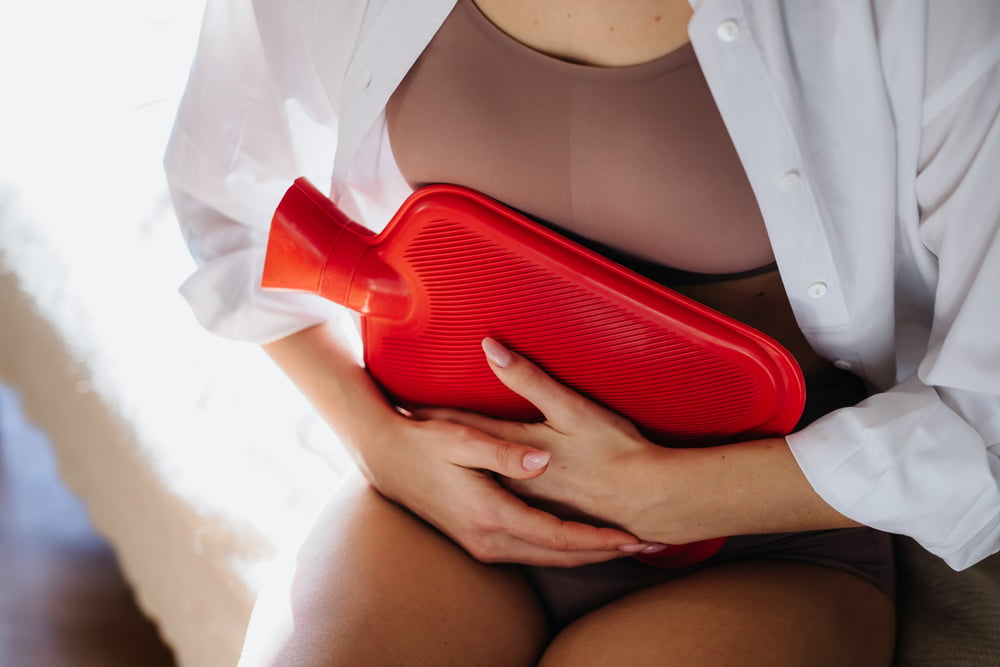
Severe Pelvic Pain:
Endometriosis can cause intense pelvic pain that varies in intensity. This pain may follow a cyclical pattern, worsening around menstruation and ovulation, or it can be constant throughout the menstrual cycle. Women often describe sensations of burning, throbbing, or stabbing pain in different areas of their pelvis. For many, this pain surpasses the intensity of labor pains and post-operative discomfort, significantly impacting their daily lives.
Heavy Bleeding:
Women affected by endometriosis frequently contend with heavy menstrual bleeding. This entails needing to change pads or tampons more frequently than usual, sometimes as often as every hour. Additionally, passing large blood clots during menstruation is not uncommon. Some women also experience spotting throughout their menstrual cycles or bleeding between cycles, attributed to endometriosis-induced hormonal changes. Recognizing these signs is crucial, as heavy bleeding or spotting may indicate coexisting adenomyosis, a condition frequently observed in individuals with endometriosis.
Ovarian Cysts:
Endometriosis affecting the ovaries can lead to the development of endometriomas, cysts containing endometrial tissue and a thick, brown, tar-like fluid. These cysts can grow to sizes ranging from 10 to 15 cm and may present as a palpable mass in the abdomen. Managing them can be complex, with differing opinions on treatment. Some recommend a wait-and-watch approach, while others suggest surgery, especially for larger cysts or fertility concerns. However, unlike typical cysts, endometriomas don't resolve on their own. Surgical options include draining the cyst, but this doesn't address the underlying cause. Skilled excision surgery may help, but recurrence is possible. Advanced surgical care is often necessary due to the difficulty of effectively removing endometriomas and their association with more extensive endometriosis elsewhere.
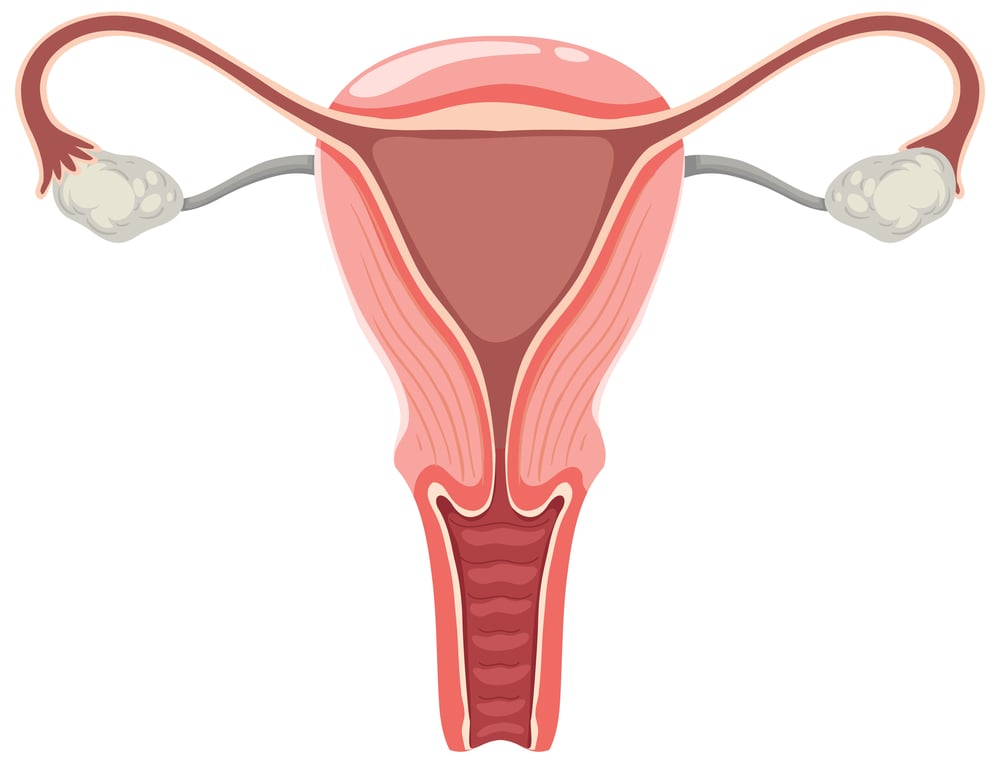

Penetration Pain:
Pain experienced during penetration, whether from a tampon insertion or a physical examination, is a common symptom of endometriosis. This discomfort may also arise during sexual activity and can result from the pulling or stretching of affected tissue. Additionally, pelvic floor dysfunction or issues with pelvic floor muscles and ligaments can contribute to this pain. Physical therapy often proves beneficial in addressing this symptom, offering relief and improving quality of life.
Pain with Sex:
Endometriosis frequently causes pain during deep penetration. This discomfort stems from the involvement of tissue just beyond the vaginal opening, which is often tender and sensitive due to the presence of the disease. Such pain can significantly impact intimacy and quality of life for individuals affected by endometriosis.
Postcoital Bleeding:
Bleeding following sexual intercourse, known as postcoital bleeding, can be attributed to endometriosis lesions on the uterine cervix. During penetration, the presence of endometriosis tissue on or behind the cervix may become irritated and injured, leading to bleeding. Recognizing this symptom is crucial for timely intervention and management of endometriosis-related complications.
Endometriosis and Infertility:
Endometriosis poses a significant challenge to fertility, with up to 50% of women with endometriosis having difficulties in achieving pregnancy, as compared to the baseline rate of infertility in the general population of about 12%. This significantly increased rate of infertility in patients with endometriosis underscores the intricate relationship between the disease and fertility. The struggle to conceive may arise from various factors, including the formation of adhesions due to the disease process or the disruptive effects of endometriotic tissue on the intrauterine environment. These tissues release chemicals that can impede conception and hinder implantation, further complicating fertility efforts. Importantly, infertility is often strongly associated with endometriosis, sometimes serving as the sole recognizable symptom. It's noteworthy that even in its 'minimal' form, endometriosis can significantly affect fertility, challenging misconceptions about the disease's severity and its impact on reproductive health. Early recognition and intervention are essential, offering hope and support to individuals navigating the complex intersection of endometriosis and fertility.
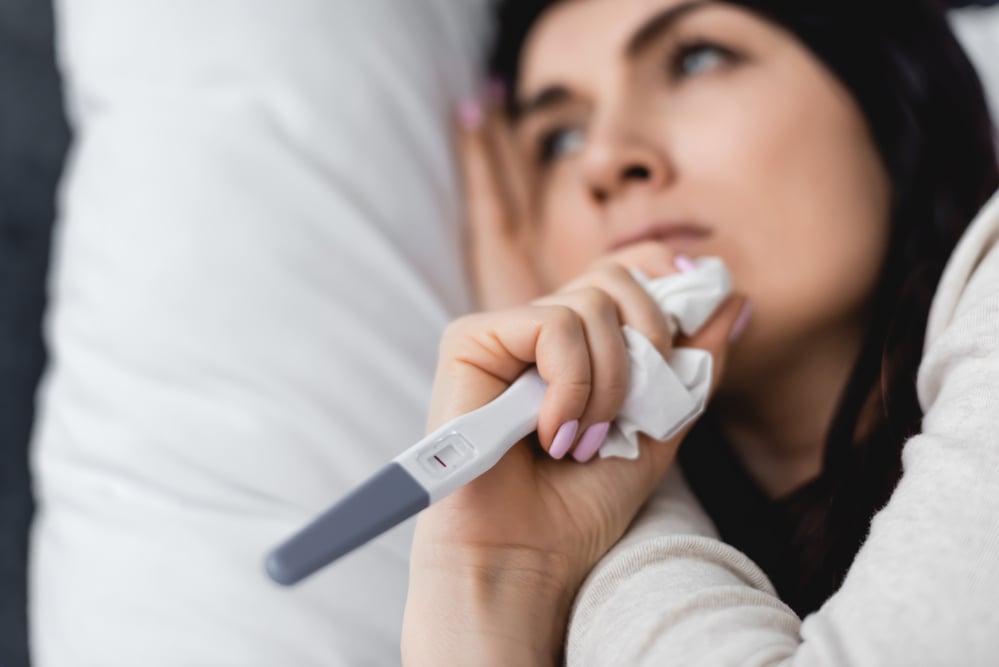
Urinary
Pain with Urination and Bladder Pain:
Endometriosis affecting or nearby the bladder can result in bladder pain or sensitivity, along with discomfort when emptying the bladder (dysuria). Interstitial cystitis, a condition frequently associated with endometriosis, is another common cause of bladder symptoms, further complicating the picture of discomfort and distress for individuals affected by this condition.
Blood in Urine:
Deep endometriosis lesions in the bladder and ureter can lead to the presence of blood in the urine, both during menstruation and outside of the menstrual cycle.
This symptom can be alarming and indicative of the complex and multifaceted impact of endometriosis on urinary function.Microscopic blood can come from IC, but is often mistaken to be from a urinary tract infection UTI of urinary tract stones.
Excessive Urination:
Also known as "frequency," excessive urination can be a result of deep infiltrating endometriosis affecting the bladder, but is also commonly associated with IC.
Flank Pain:
Endometriosis lesions on or near structures such as the ureter or kidneys can cause pain in the flank region. Additionally, pelvic sidewall lesions may also present with similar flank pain, further complicating the diagnostic process and adding to the burden of discomfort experienced by individuals living with endometriosis.
Bowels/ GI System
Gastrointestinal (GI) Symptoms:
Gastrointestinal symptoms are prevalent among individuals with endometriosis, affecting anywhere from one third to up to 85% of patients, often with a gradual onset. This highlights the diverse and widespread impact of endometriosis beyond the reproductive system, underscoring the need for comprehensive and holistic care.
Constipation and Diarrhea:
Endometriosis near or involving the bowel can lead to symptoms resembling those of irritable bowel syndrome (IBS), such as constipation and diarrhea, adding complexity to diagnosis and management.
Bowel Movement Pain:
Endometriosis near or in the colon or bowel can lead to pain during or prior to bowel movements, especially during menstruation or throughout the menstrual cycle. This discomfort significantly impacts daily life, adding to the burden of discomfort experienced by individuals affected by endometriosis.
Cyclical Rectal Bleeding:
In cases where endometriosis has invaded the bowel wall, individuals may experience cyclical rectal bleeding, highlighting the potential severity of gastrointestinal involvement.
Bloating
Bloating can arise from the inflammatory response associated with endometriosis affecting the pelvis and bowels, adding to the discomfort experienced by individuals and emphasizing the systemic nature of the condition.

Nausea and vomiting can accompany endometriosis, often arising from factors such as severe pain, inflammation affecting the gastrointestinal tract, or, more specifically, invasive small bowel disease. Acute vomiting may indicate small bowel obstruction, a rare but serious complication of endometriosis that necessitates prompt medical intervention to ensure the individual's well-being.
Endometriosis and Inflammation:
Endometriosis is a condition marked by inflammation in the body. This inflammation involves different factors like cytokines, prostaglandins, macrophages, and tumor necrosis factor. Hormones also play a role, but in endometriosis, the receptors for these hormones are changed, affecting how the condition reacts to them. This inflammation can cause more pain, fatigue, and overall feelings of being unwell. While sometimes this inflammation can be detected through blood tests, it's not always the case.
Fatigue:
Fatigue is a common, non-specific symptom of endometriosis, causing overwhelming exhaustion that doesn't improve with rest. It is a prevalent symptom encountered by individuals enduring chronic illness and pain. This illness involves inflammation, which can lead to fatigue along with problems like sleep issues, anxiety, and depression. Inflammatory molecules and hormonal imbalances contribute to this fatigue by affecting energy levels on a cellular level. Additionally, pain and stress exacerbate inflammation, further intensifying fatigue. It's essential to address underlying issues like insomnia, depression, and stress to effectively manage fatigue associated with endometriosis. Keep in mind that fatigue can stem from various conditions, so it's crucial to explore other potential causes beyond endometriosis.
Pain with Exercise:
Exercise can impact levels of inflammatory markers and estrogen, potentially affecting symptoms of endometriosis. However, chronic pelvic pain and fatigue can make exercising challenging. Research suggests that while strength exercise programs may alleviate pain in healthy individuals, they may not have the same effect for women with endometriosis.Despite these challenges, staying active is crucial for overall health. For those experiencing chronic pelvic pain, pelvic physical therapy can be a valuable resource.
Leg Pain:
Leg pain often arises from nerve inflammation or hypersensitization as referred pain or radiating pain. Endometriosis sometimes affects nerves like the sciatic nerve or compresses nerves in distant areas such as the ovaries and pelvic sidewalls.
Back Pain:
Low back pain may stem from direct pressure of endometriosis lesions on lumbosacral bones or nerve roots. Additionally, it can be linked to referred pain from pelvic organs, hypersensitization, or adhesions in the pelvic region affecting the joints of the lower back.
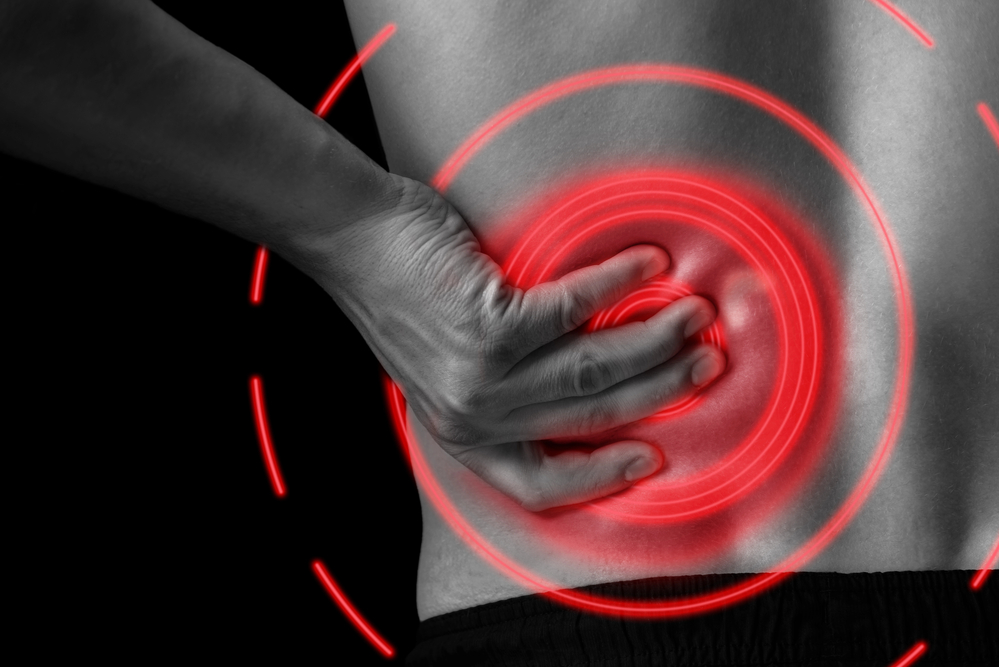
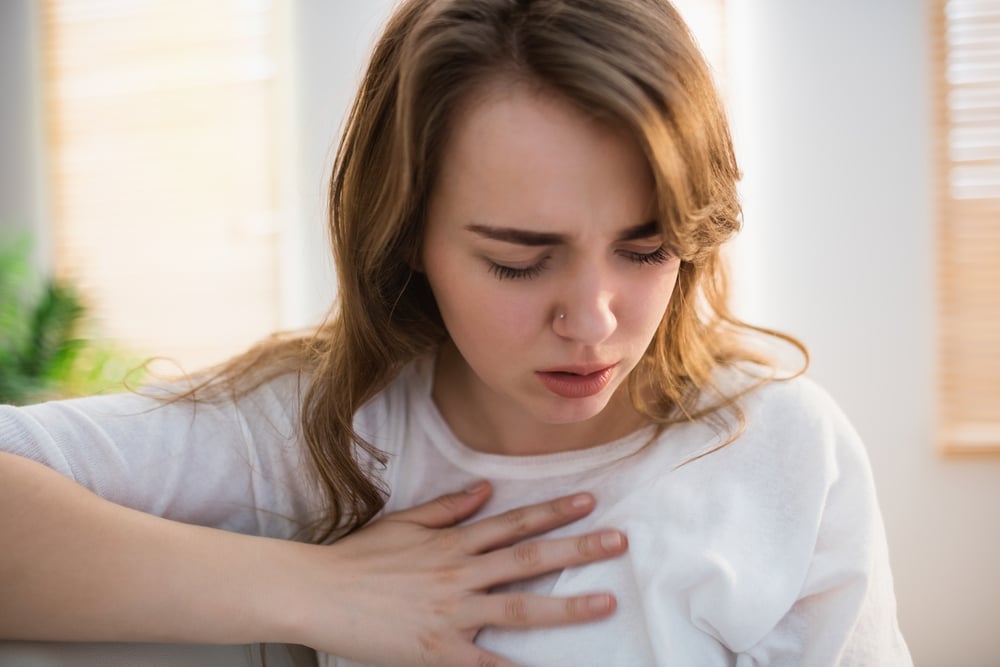
Thoracic Endometriosis:
Although rare, endometriosis can affect the thoracic area. Some case reports and studies indicate symptoms like coughing up blood (hemoptysis), chest pain, or shortness of breath that coincide with menstrual cycles. Occasionally, a collapsed lung (pneumothorax) has been observed, which manifests as symptoms such as difficulty breathing, chest pain, or rapid, shallow breathing. Research shows that cases of thoracic endometriosis have been documented as far back as 1968.
Shoulder Tip Pain:
Occasionally, individuals with diaphragmatic endometriosis may experience cyclical right shoulder tip pain, although this condition is relatively rare.
Systemic Effects:
Endometriosis doesn't just cause pelvic pain, menstrual discomfort, and infertility; it also extends its impact to various organ systems throughout the body. This can lead to a range of associated conditions, including heart disease, certain cancers, autoimmune disorders, mental health challenges, and metabolism issues. These effects are driven by complex factors such as cytokines, micro-RNA, and stem cell migration. Unfortunately, these systemic implications are often overlooked in treatment approaches. However, by raising awareness about these effects, we can better support patients and improve efforts in prevention, reinforcing the importance of a holistic approach to managing endometriosis.
It's important to note that while endometriosis can present with various symptoms, chronic pelvic pain is the most common indicator. You don't have to experience every symptom to have endometriosis. If you're facing severe pelvic pain, it's important to recognize that this is not normal. Your body is signaling that something isn't right, and it's essential to consult a doctor specializing in endometriosis and pelvic pain for proper treatment.
Endometriosis brings forth a range of symptoms, from occasional discomfort during menstruation to persistent, debilitating pain throughout the month. This pain often escalates over time, affecting women not only during menstruation but also outside their cycles. Its intensity varies from mild to severe and can occur at any point in the menstrual cycle, extending beyond the pelvic area to affect other parts of the body. This complex pain encompasses inflammatory, peritoneal, musculoskeletal, and neuropathic elements, underscoring the profound impact of the condition on daily life.
Remarkably, the severity of pain doesn't always align with the size of lesions. Even small lesions can trigger significant pain due to heightened prostaglandin production. Studies indicate that the appearance and color of lesions may influence pain levels, with palpation of lesions evoking cramp-like sensations. Lesions in different locations can lead to pain in various body areas, such as back cramps from lesions on utero-sacral ligaments or leg pain from lesions on the pelvic side wall.
The multifaceted nature of endometriosis pain is shaped by various factors, including lesion location, type, and stage. Lesions of different colors, such as clear, black, or red, can contribute to pain, highlighting the intricate nature of the condition. Additionally, pain can be exacerbated by co-existing conditions like pelvic floor dysfunction or adenomyosis. Despite advances in understanding, misconceptions about endometriosis persist, emphasizing the ongoing need for empathy, education, and awareness.
Endometriosis encompasses more than just severe menstrual cramps. While intense cramping during menstruation is a common symptom, it can also be indicative of another gynecological condition known as adenomyosis. Adenomyosis involves the presence of endometrial tissue within the muscular walls of the uterus, leading to severe cramps and heavy menstrual bleeding. Given that adenomyosis often coexists with endometriosis, it's not uncommon for their symptoms to be mistaken for one another.

The impact of endometriosis symptoms on a woman's quality of life can be truly devastating. It can affect every aspect of her daily life, making it difficult to function normally.
For teenagers with endometriosis, missing school days due to severe pelvic pain can become a regular occurrence. Those in the workforce may struggle to maintain their job commitments, constantly needing to take time off for pain management. Over-the-counter pain medications may prove ineffective, while prescription options only offer temporary relief. Intimacy and relationships may suffer due to the excruciating pain experienced during sexual activity. Social engagements, exercise routines, and overall well-being may be compromised by the persistent pelvic pain.
Left untreated, the symptoms of endometriosis can lead to social isolation, financial strain, relationship strain, and emotional distress. It is crucial to take this condition seriously and seek effective treatment promptly to restore a woman's quality of life.
If you suspect you may be experiencing symptoms of endometriosis, do not hesitate to speak with your doctor. Your health and well-being are paramount, and seeking help is the first step towards managing this condition effectively.
If you're questioning whether you have endometriosis this is for you.
Restore your Health. Restore Your Life.
Ready to get your life back and end Endometriosis pain? We invite you to schedule a consulation to get started.

